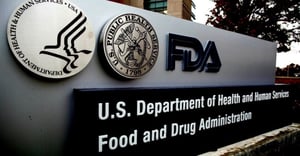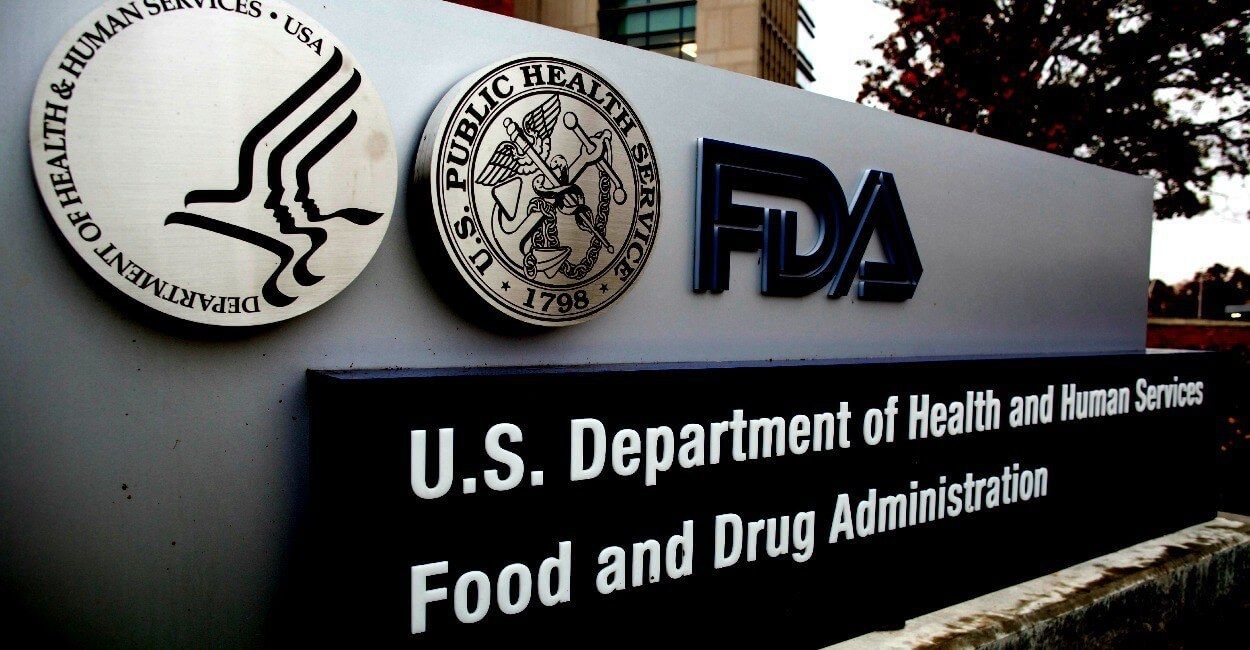For any medication sold over the counter of your local drugstore to the medication you are prescribed, you can bet that all of those drugs are approved by the U.S. federal food and drugs administration (FDA). "The FDA is responsible for protecting the public health by assuring the safety, efficacy, and the security of human and veterinary drugs, biological products, medical devices, the nation's food supply, cosmetics and products that emit radiation" (FDA). Providing federal guidelines for almost everything consumed, medication is but one spectrum of what the FDA regulates.
Photo credit: Aerogen
FDA approved medication is designed to ensure that the benefit of item approved outweighs the potential negative effects. However, to successfully obtain FDA approval, the drug development process is scrutinized in every step from discovery and development to the post-market safety monitoring.
Written below are quick pointers to summarize the FDA drug process:
First Step: Discovery & Development
- In discovery and development, researchers set a goal to stop or reverse an ailment or disease. In this stage of drug development, researchers will test hundreds and even thousands of different compounds and eventually identify a handful of a group for further study. After identifying feasible compounds, researchers can then begin to design how to conduct the experiments.
Step Two: Preclinical Research
- The main objective in preclinical research aims to test whether the drug has the potential to cause harm to people — in other words testing the toxicity. During this step, researchers set the basic requirements for a number of categories such as written protocols, operating procedures, facilities & equipment, and much more (click here for more details).
- The clinical research stage is designed to gather information and factors that affect the drug's response on the human body. Researchers will review prior information and other objectives to decide who is qualified to participate, how the drug will be administered, how the data will be analyzed, and much more. Clinical trials typically follow a series of phases to indicate progress and different purposes and goals. For example, phase 1 studies may have a small sample of participants and usually aim for safety while phase 4 studies have several thousand volunteers who have the disease and condition while aiming to test safety and efficacy (example found here).
- After arduous trials of clinical testing and demonstrating that a drug is safe and effective, the developer/company can file for an application to market the drug in hopes of gaining FDA approval. Numerous requirements for FDA approval include safety updates, patent information, directions for use, and other essentials (see more here). The FDA team will determine the safety and effectiveness of the drug while reviewing all data, documents, and evidence over the period of 6 to 10 months for either approval or refusal. If approved, the drug will be able for consumer consumption over the next coming months.
Step Five: FDA Post-Market Drug Safety Monitoring
- Even after approval, the FDA will continue to monitor and take reports of any issues or problems with usage of the drug over the next coming months or years to modify or add cautions regarding dosage information or other issues they may find that was not evident during steps 1 through 4.
We at RheoSense are currently working alongside biopharmaceutical companies and science research organizations to assist and expedite drug discovery & preclinical testing. If you have any questions or inquiries, visit us at Rheosense.com or email us at info@rheosense.com.



COMMENTS